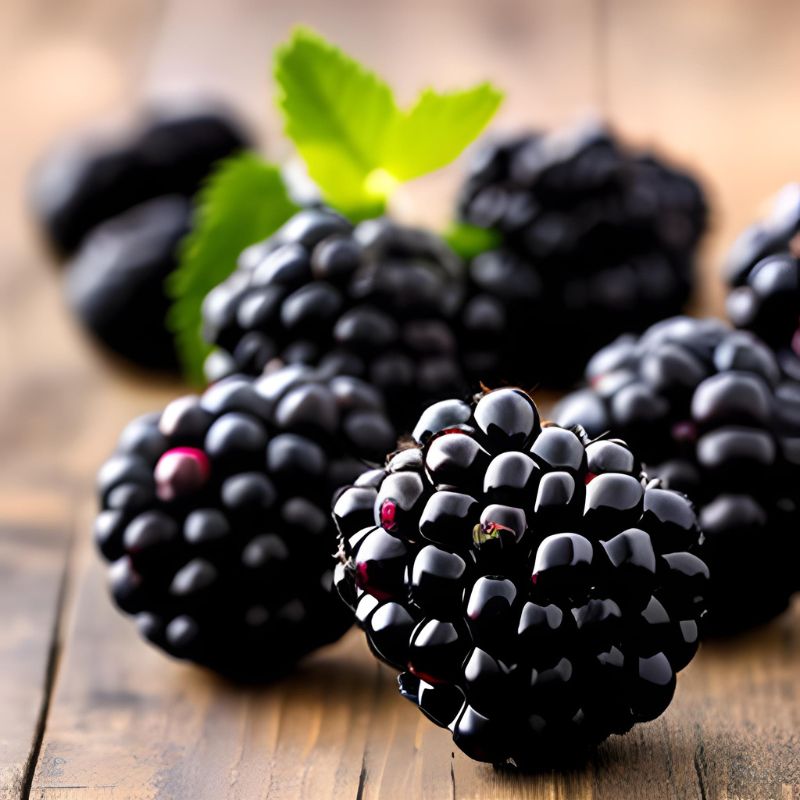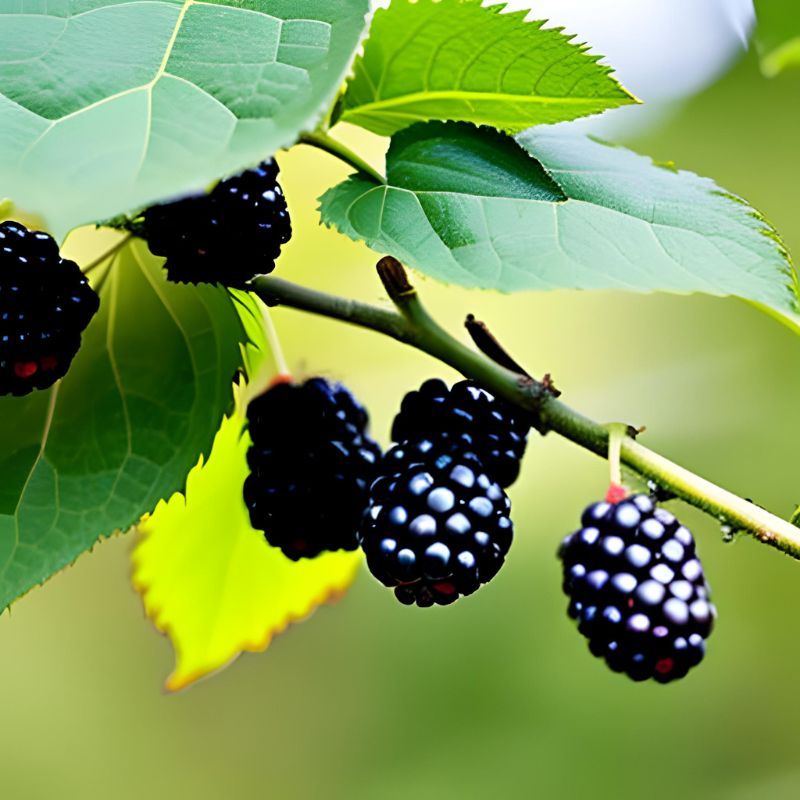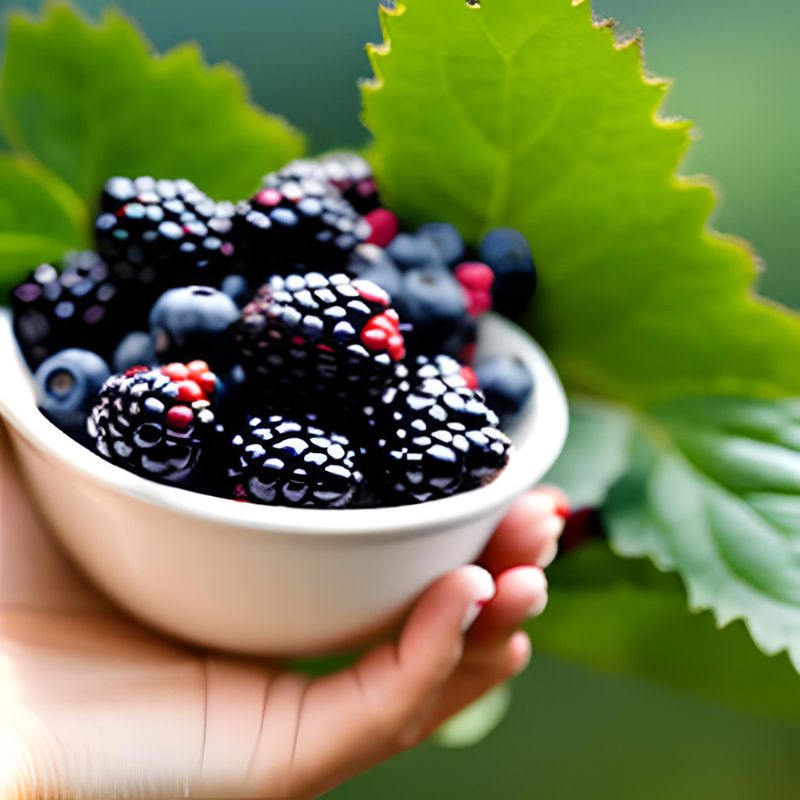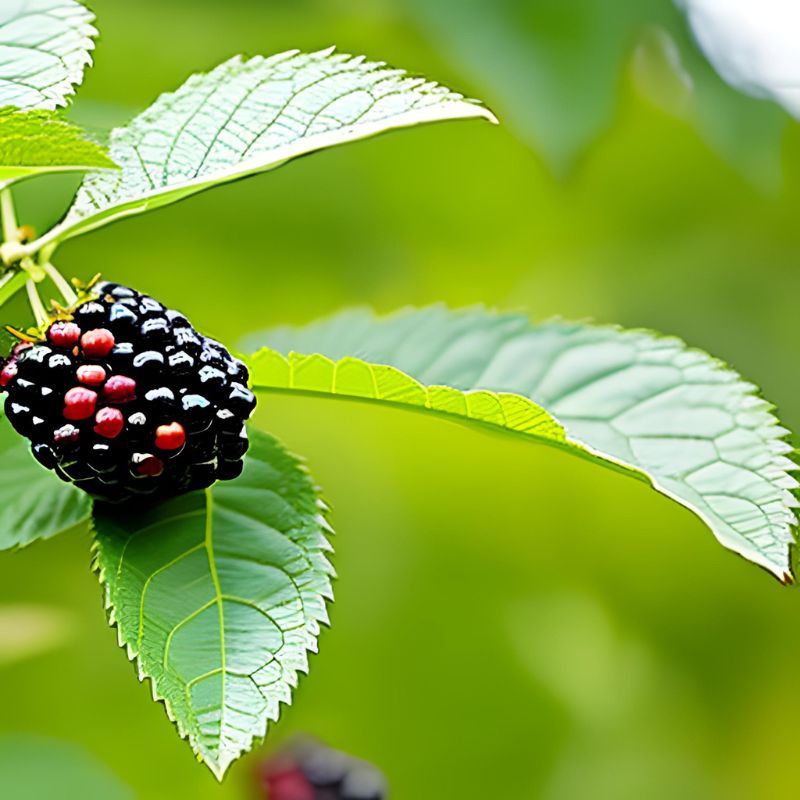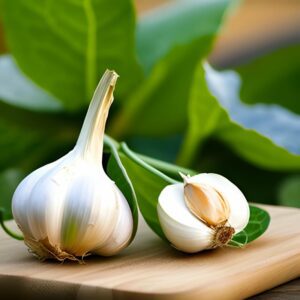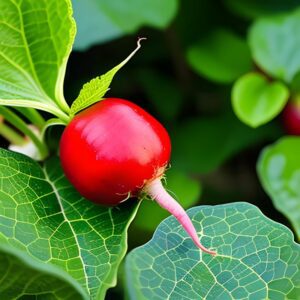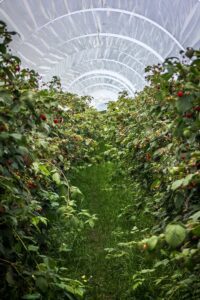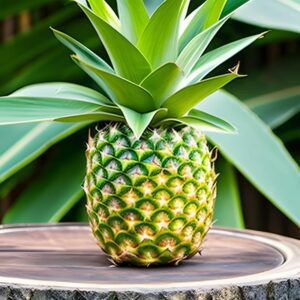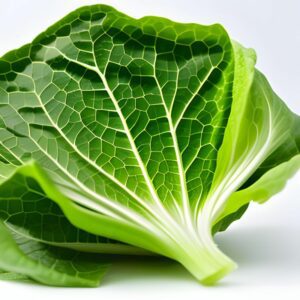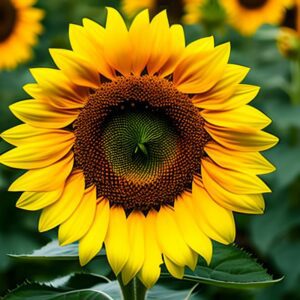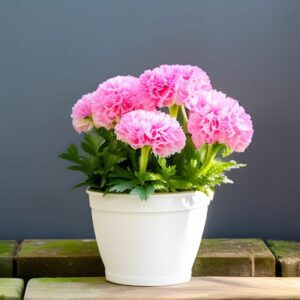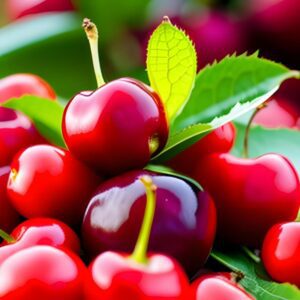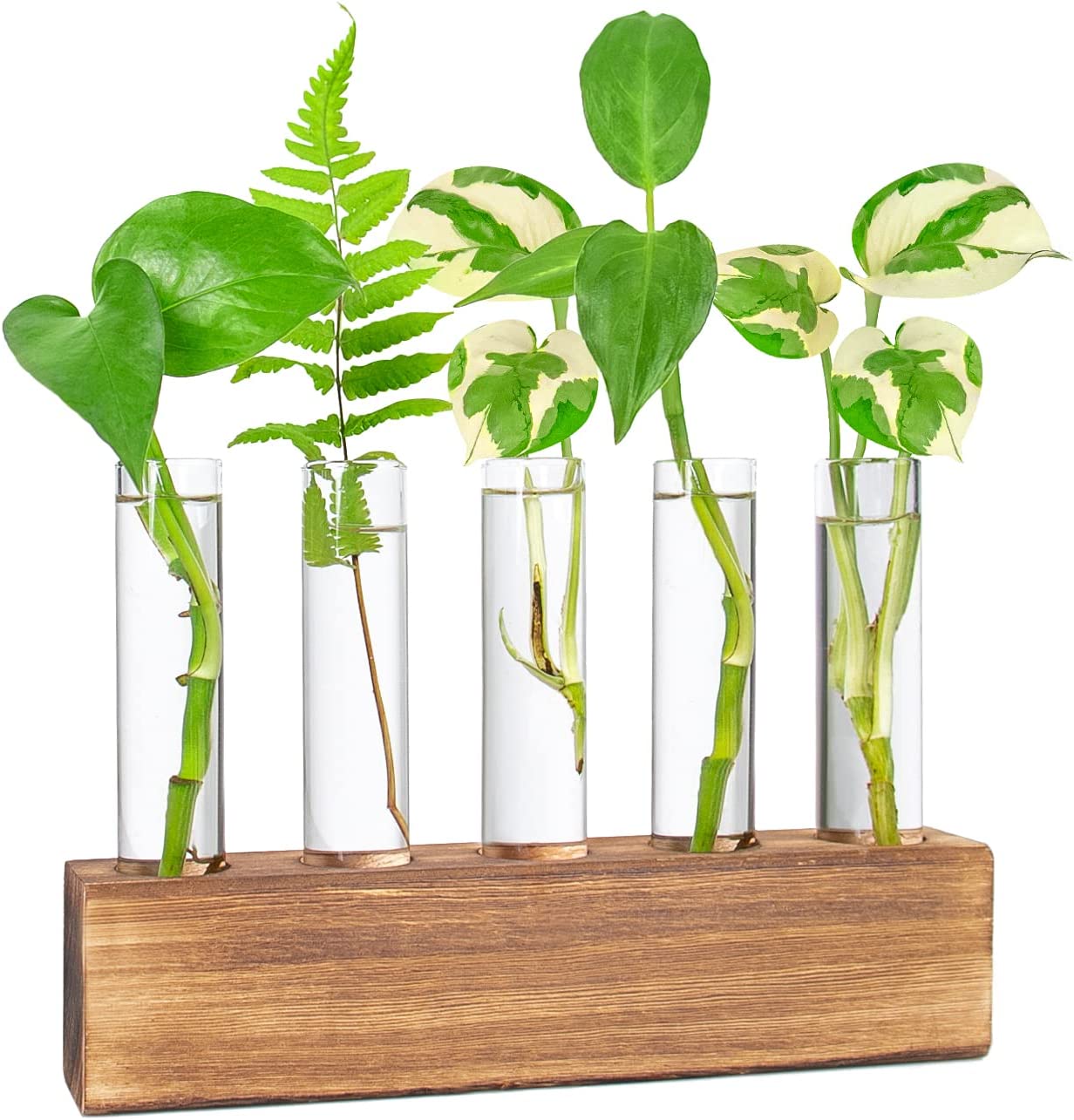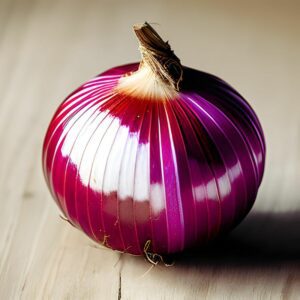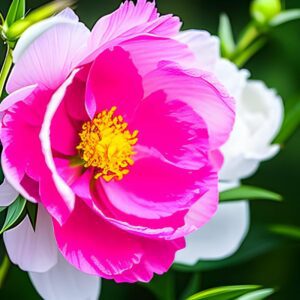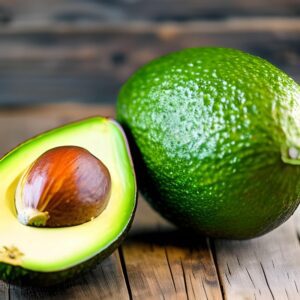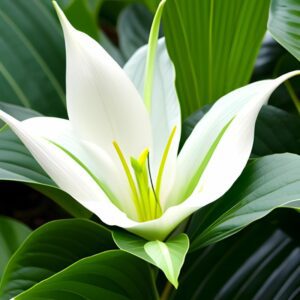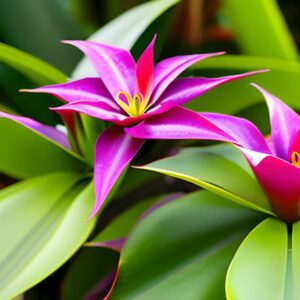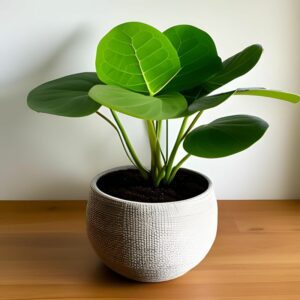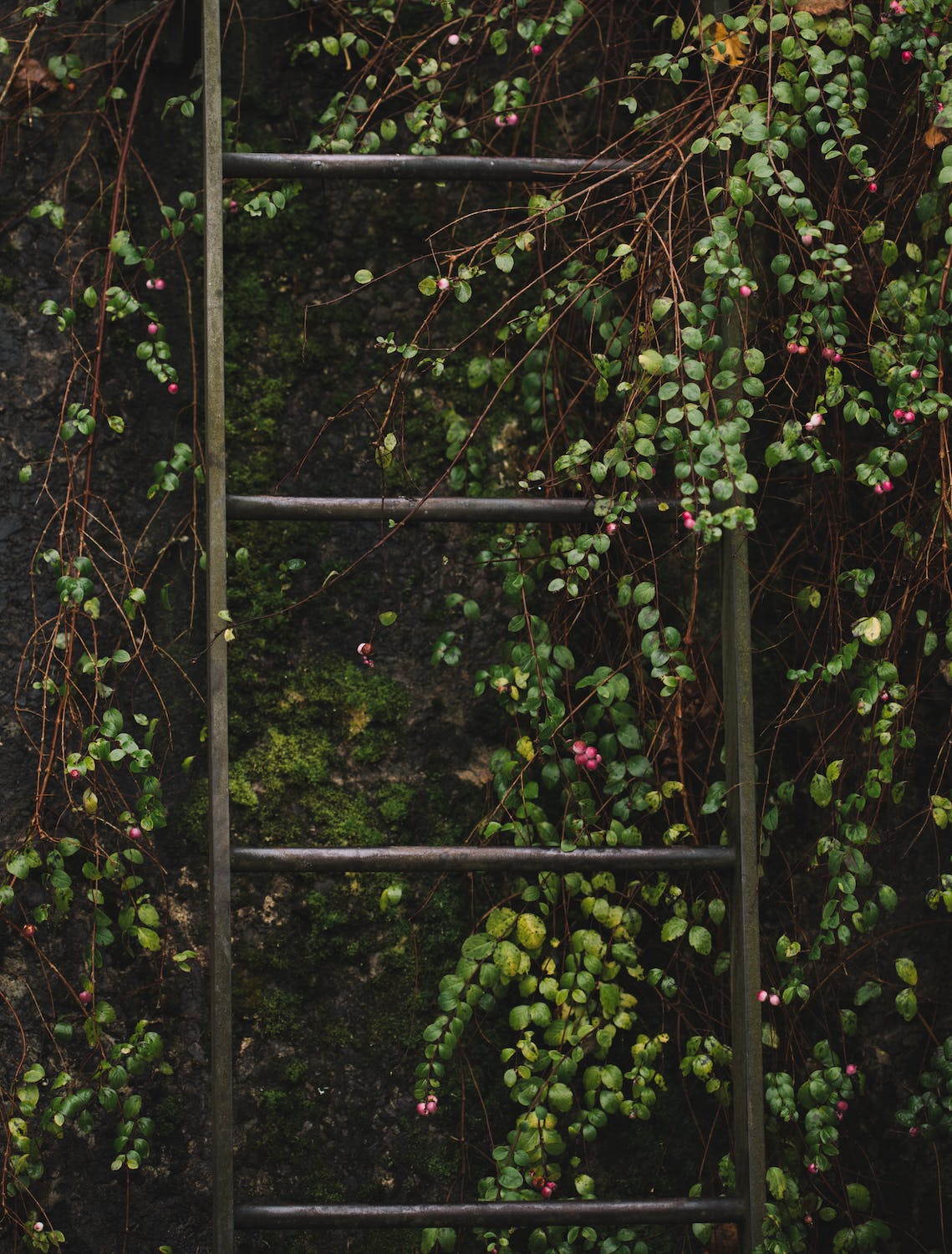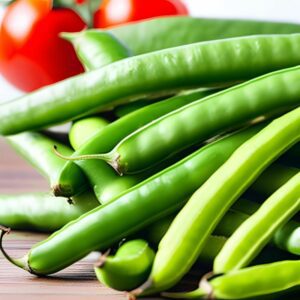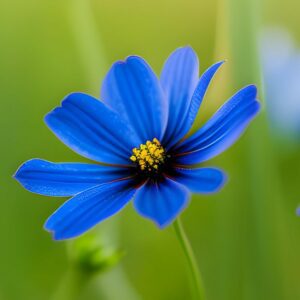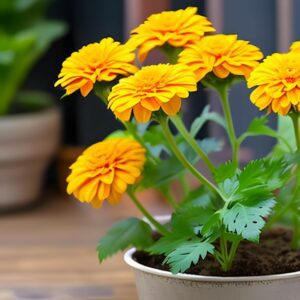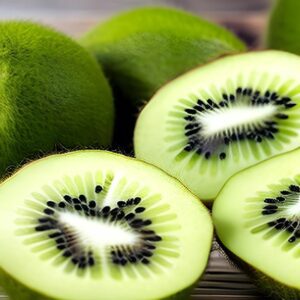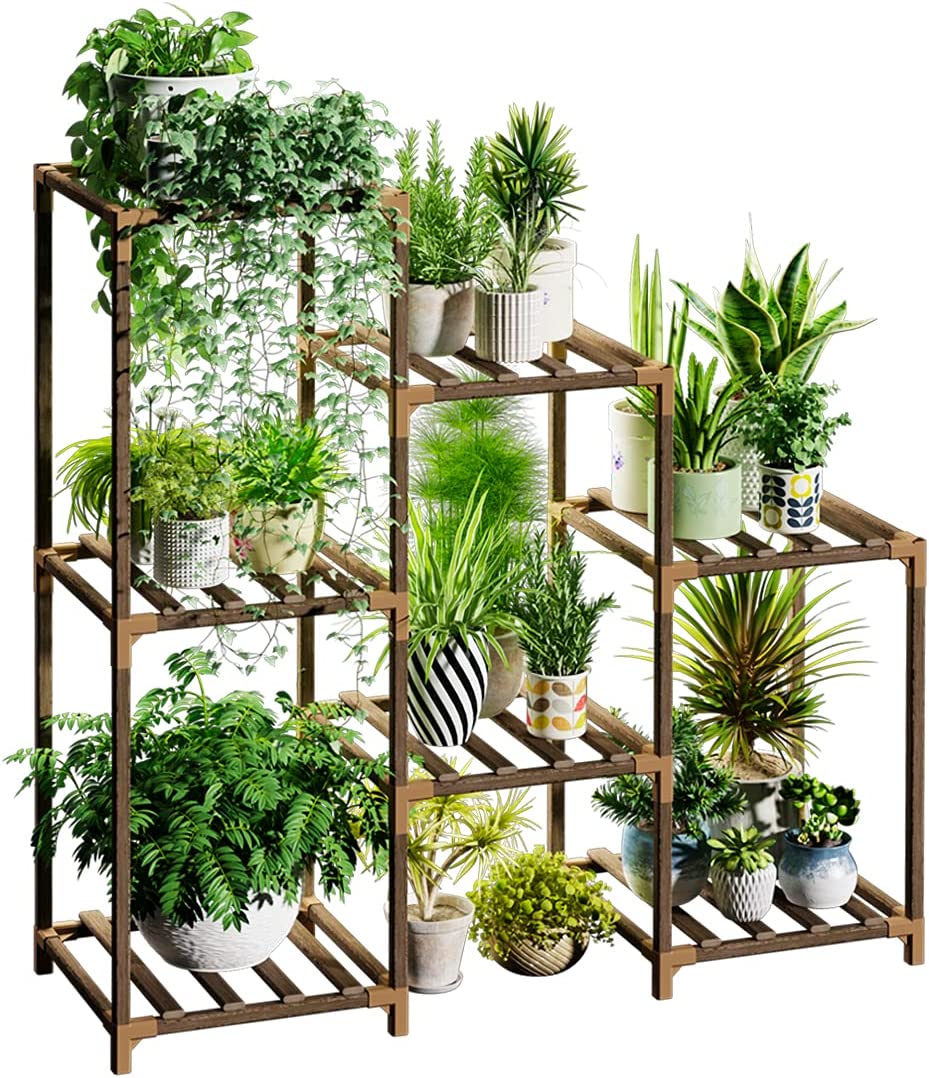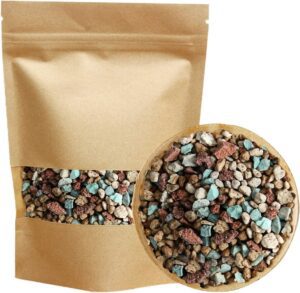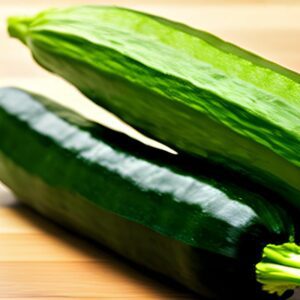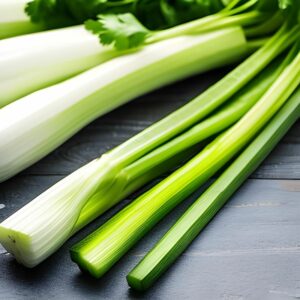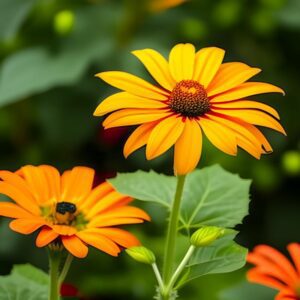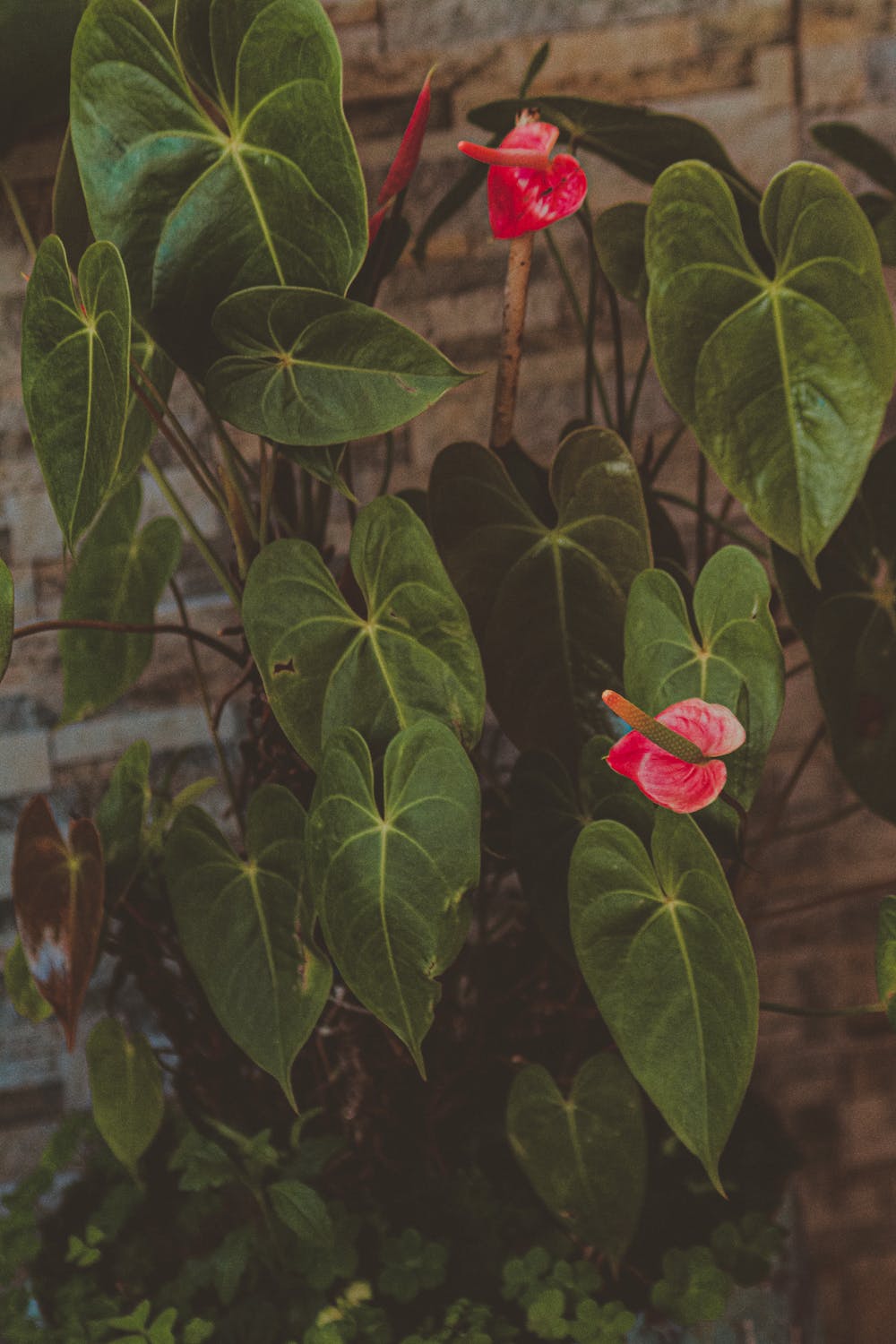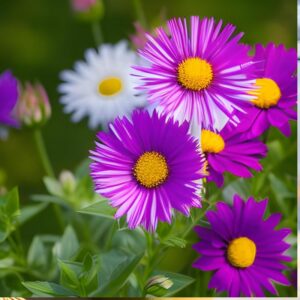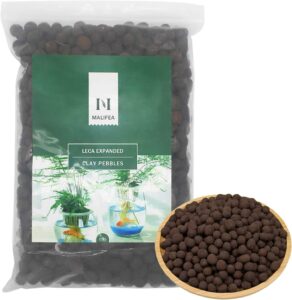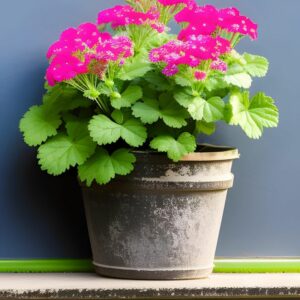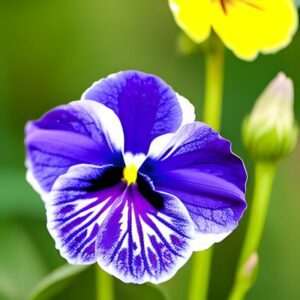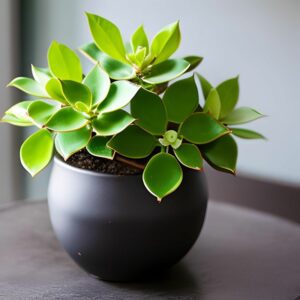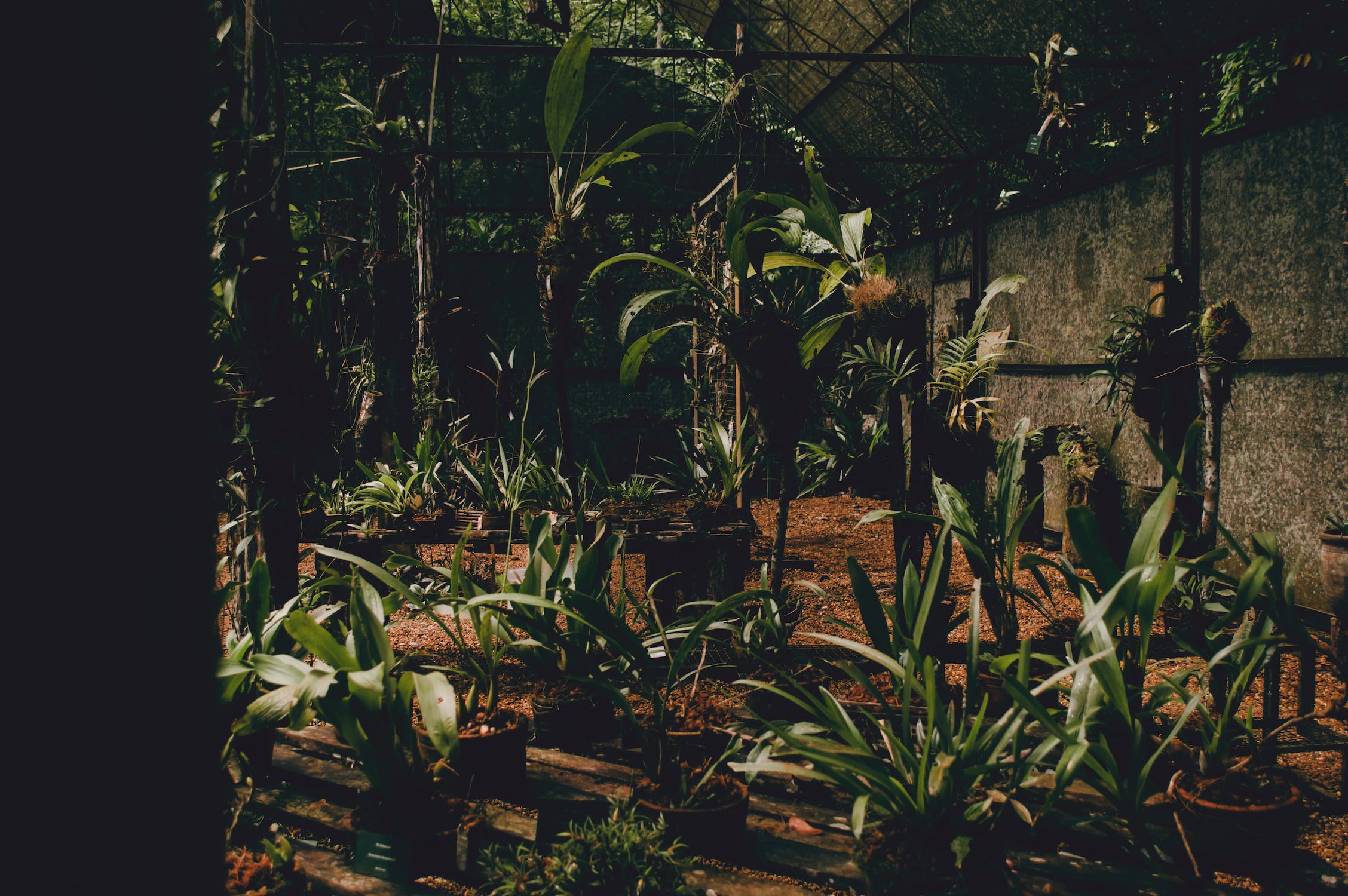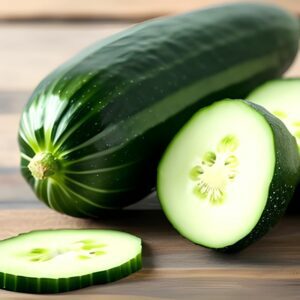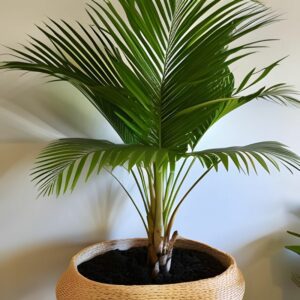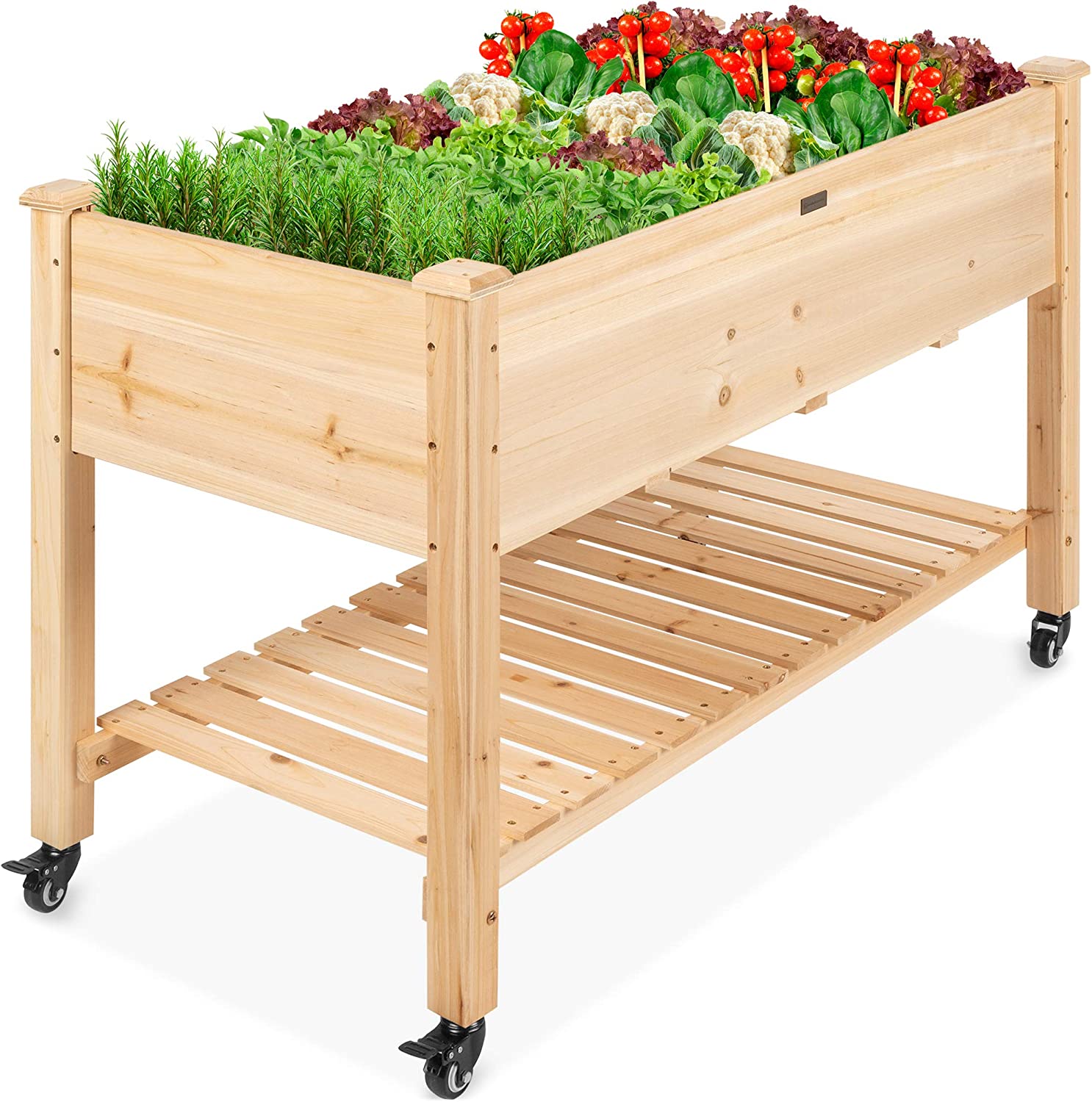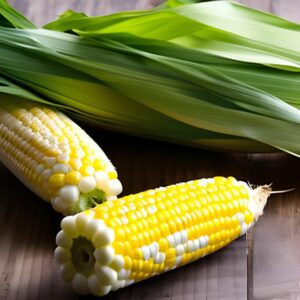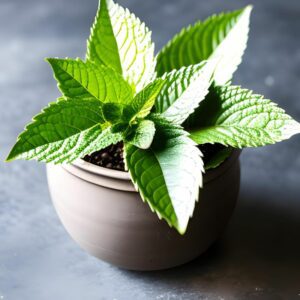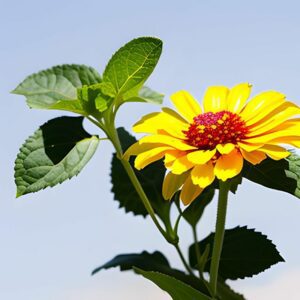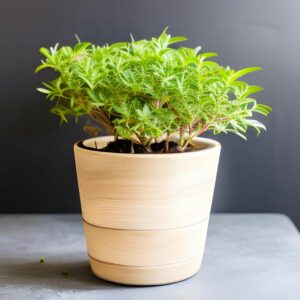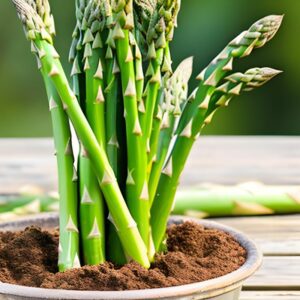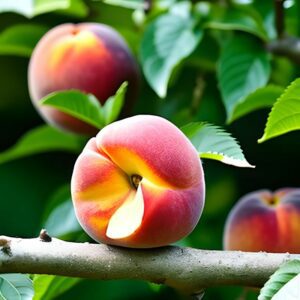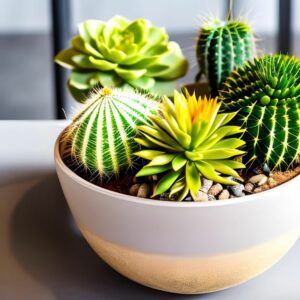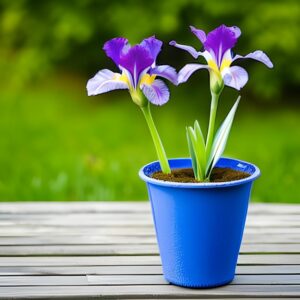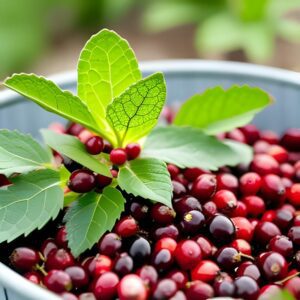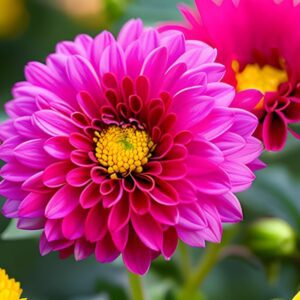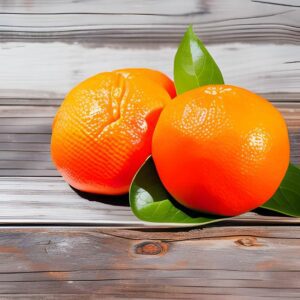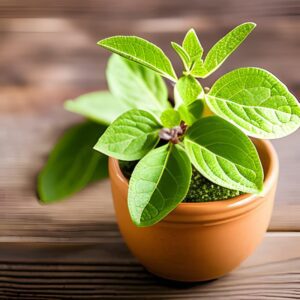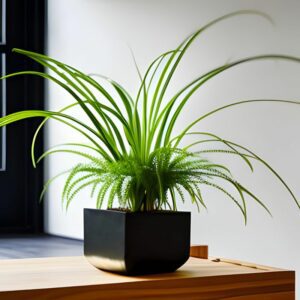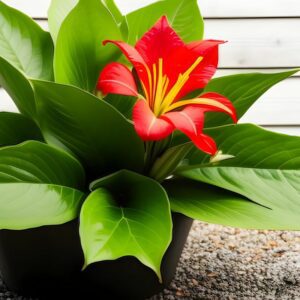Blackberry
Fruits
- Europe & North America
- Easy
- 2-3 Years
Introduction
Blackberries are delicious and nutritious fruits that belong to the Rubus genus. They are native to Europe and North America and are widely enjoyed for their sweet and tangy flavor. Blackberries are versatile and can be eaten fresh, used in baking, or turned into jams and preserves.
Plant Characteristics
Blackberry plants are perennial shrubs that can grow upright or trail along the ground. They have thorny stems and produce clusters of small white flowers in spring, which later develop into juicy, dark purple or black berries in summer.
Ideal Growing Conditions
Blackberries thrive in full sun but can tolerate partial shade. They prefer well-drained soil rich in organic matter and with a pH between 5.5 and 7.0. Good air circulation around the plants helps prevent diseases.
Planting Guide
Plant blackberry bushes in early spring or fall. Space the plants 3-5 feet (0.9-1.5 meters) apart in rows with a distance of 6-8 feet (1.8-2.4 meters) between rows. Dig a hole large enough to accommodate the plant’s roots and place it at the same depth it was in the container.
Watering and Fertilizing
Water blackberry plants regularly, aiming for about 1 inch (2.5 cm) of water per week. Provide more water during dry periods or when the plants are fruiting. Apply a balanced fertilizer in early spring and again after the first harvest.
Pruning and Maintenance
Prune blackberry plants to maintain a manageable size and shape. In late winter or early spring, remove dead or damaged canes and thin out overcrowded growth. Train the remaining canes on a trellis or support system to promote better air circulation and ease of harvest.
Harvesting or Flowering
Harvest blackberries when they are fully ripe, plump, and easily detach from the plant with a gentle tug. This usually occurs in mid to late summer, depending on the variety. Avoid harvesting unripe berries as they won’t fully develop their sweet flavor.
Post-Harvest Care
After harvesting, promptly refrigerate or consume the blackberries to maintain their freshness. If storing, place them in a shallow container or spread them in a single layer to prevent bruising. Consume within a few days for optimal flavor.
Troubleshooting
Blackberries may face issues such as pests (e.g., aphids or spider mites) or diseases (e.g., powdery mildew or cane blight). Monitor the plants regularly and address problems with organic insecticides or fungicides as necessary.
Fun Facts
Blackberries are rich in antioxidants, fiber, and vitamins C and K. They have been enjoyed for centuries and have even been used in traditional medicine for their potential health benefits. Blackberries also have a long history in folklore and are associated with various legends and superstitions.
